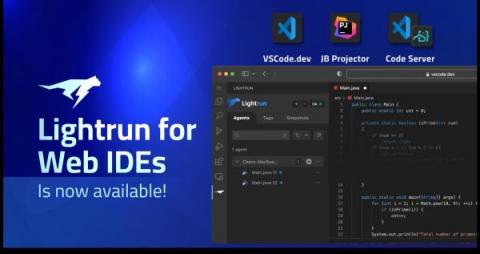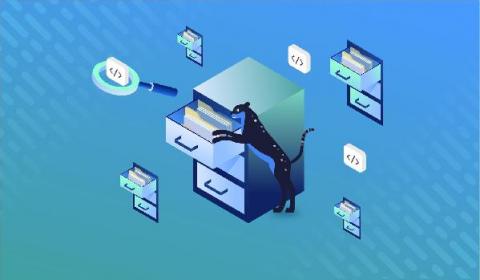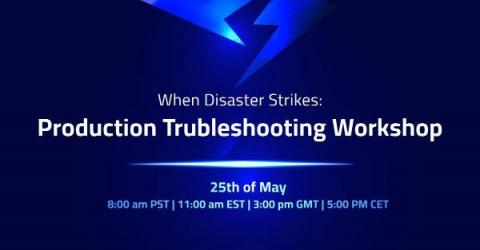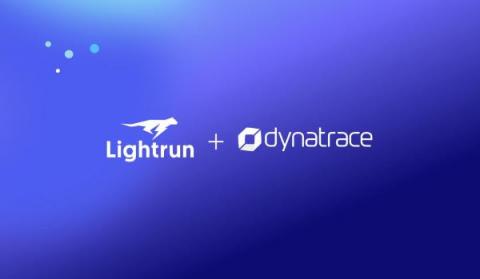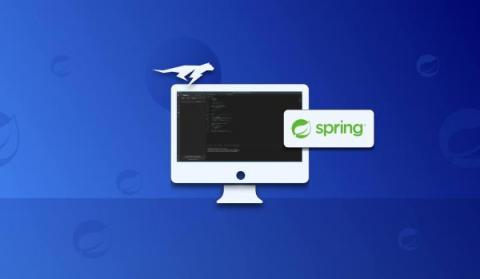Top 8 IntelliJ Debug Shortcuts
Let’s get real – as developers, we spend a significant amount of time staring at a screen and trying to figure out why our code isn’t working. According to Coralogix, there are an average of 70 bugs per 1000 lines of code. That’s a solid 7% worth of blimps, bumps, and bugs. In addition to this, fixing a bug can take 30 times longer than writing an actual line of code. But it doesn’t have to be this way.



